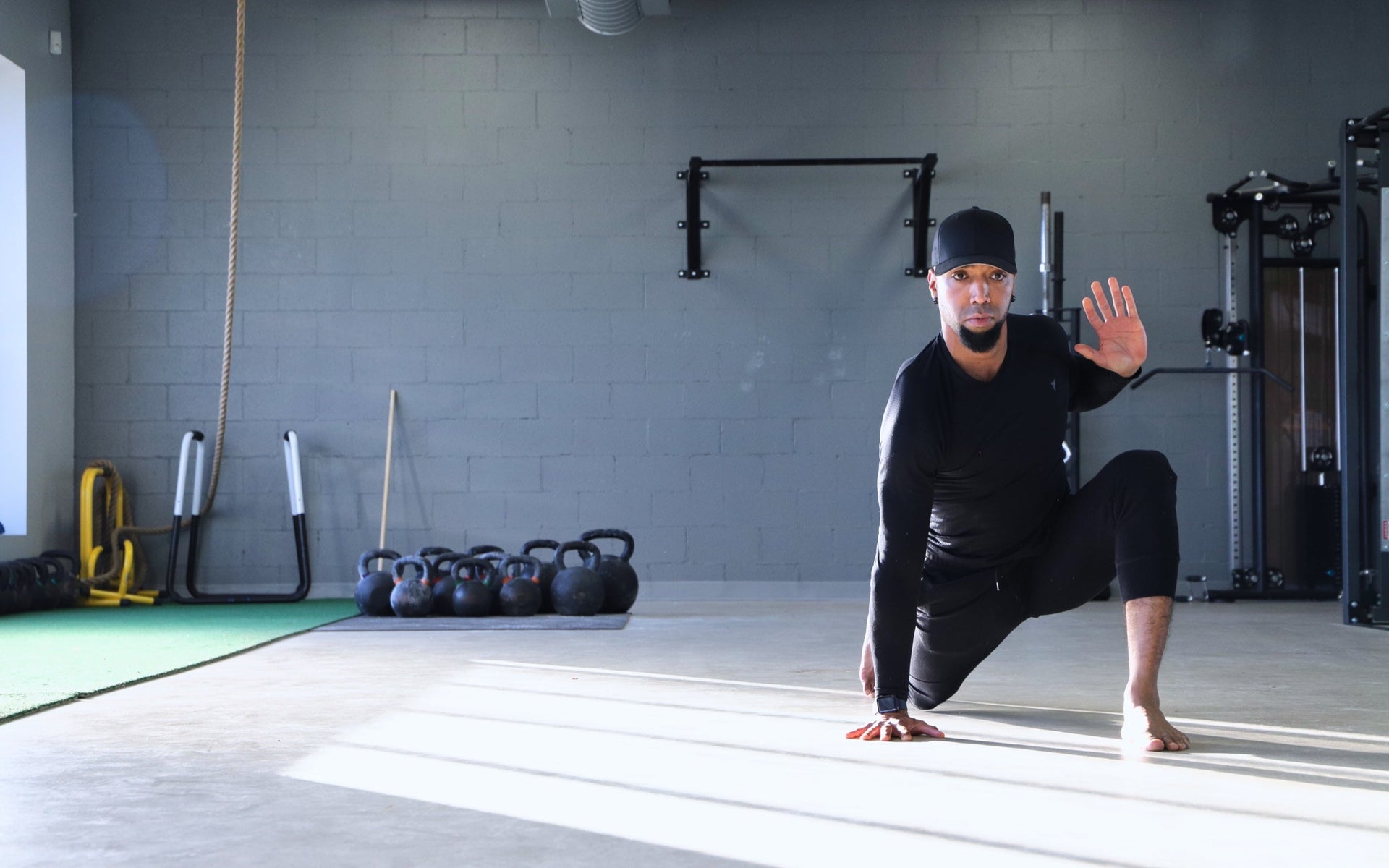
Using the RPE Scale to find your flow
The Rate Of Perceived Exertion Scale or RPE is a subjective method that helps you measure the level of intensity of a workout based on elevated heart rate, breathing rate, and muscle fatigue. The scale ranges from 0 - 10 (0 being no exertion and 10 being maxed effort). To achieve flow within your workouts we want to remain in the 6 or 7 range on the RPE scale. anything less than it won't be enough of a challenge for you and anything beyond that will increase your chances of developing bad form and injury.

Image from Maximum Potential
Firas Zahabi explains the usefulness of the RPE scale during your training beautifully on Joe Rogan's podcast. And just to highlight this guy's credibility, he's the head trainer of UFC fighter George St. Pierre (arguably one of the best fighters of all time).
I'll leave a link down below if you want to check out the video.
Basically what he's saying is, you should never feel sore after a workout, the idea is to play to your edge but not push beyond it at the risk of burning yourself out. If you leave a little in the tank, then that sets you up to train again the next day and the day after that, and so on. But if your intention is to train at your max intensity (which is impossible to do every single day) you can't sustain this type of training long term.
The body can only take so much. When you're sore from a workout it's often due to micro-damage to the muscle fibres and this often occurs when you're either new to training, starting a brand new style of training, or increasing the intensity of a training program....and I know how addictive this sore feeling can be but people often mistakenly assume that if their not sore then they didn't work hard enough which is false...I rarely get sore anymore unless I'm starting a brand new program and I still make all kinds of gains.
Now if we look at the "Greasing the groove" method, created by Pavel Tsatsouline which is a training principle used to increase the neurological pathways and gain strength and improve performance. The idea is to avoid training to failure keeping the reps low and sets high. If you are always training to fail when learning a new skill or trying to build strength, you'll eventually start compromising form and developing bad movement habits. This is similar to the RPE scale where you're playing to your edge.
Let's say you have two guys with the same goal, both want to be able to do 10 solid pull-ups. Both of them can only do 7 pull-ups
- Guy A does 7 pull-ups every single day and develops soreness, despite this he continues to push through but can no longer train to his max so now he starts compromising on his form so that he can hit his max for each set. This compensation eventually leads to an injury and now Guy A has to take time off training.
- Guy B also trains every single day only he does 4 pull-ups (3 pulls short of his max) and because he's not training to fail, each time he does his set, he's fresh and able to maintain good form each and every time. Not only that, he doesn't get sore therefore he can train the same way every single day, and when 4 pull-ups become too easy on the RPE scale he can increase his rep to 5.
Now If you tally up the amount of volume between the two, guy B has trained way more than guy A because he didn't need to take time off due to injury and can gradually increase his reps a lot faster over time. So the question becomes How much volume can we pack into a week? It's all about consistency over intensity
Now in saying all this, is this style of training for everybody? no this is going to be very specific to your goals.
If you're competing in a bodybuilding competition or you prefer to prioritize aesthetics over everything else then disregard everything I just said. However, it is possible to train both intensity and flow, you just have to be smart about how you structure your training. Me personally I have 2 intensity days with the rest of my training either being flow-specific or active rest.
